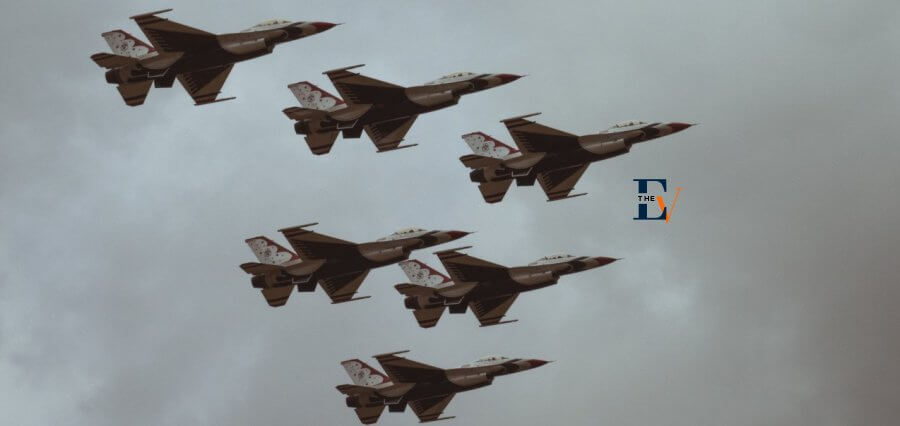An arms race is a dynamic in which two or more nations perceive each other as a clear and immediate threat, increase defense spending as a percentage of GDP, and attempt to match each other’s military capabilities weapon for weapon.
Historical examples are the Anglo German naval rivalry prior to world war I and the cold war nuclear arms race. Fortunately, this dynamic does not exist today in Southeast Asia
Route of Modernization
Most nations in southeast asia are, without a doubt, modernizing their armed forces. However, defence modernization is a complicated phenomenon driven and facilitated by numerous factors. Recapitalization is one of the most important drivers. Warships, tanks, and fighter aircraft that have been in service for a few decades must be replaced with new equipment.
Changes in doctrine, such as shifting from internal defense to external defense (which emphasizes armies versus navies and air forces, both of which require more expensive weapons), are another factor. For instance, the philippines is shifting its focus from combating insurgency to safeguarding its maritime interests in the south china sea.
One more driver of guard modernisation is danger appraisals. How should we prepare to respond to the country’s perceived and actual threats? The threat is evident for some nations.
Vietnam, for instance, sees China’s maritime expansionism as a threat to its claims to territory and jurisdiction in the south China sea. Since the mid 1990s, it has been outfitting its military with contender planes and submarines to hinder China.






